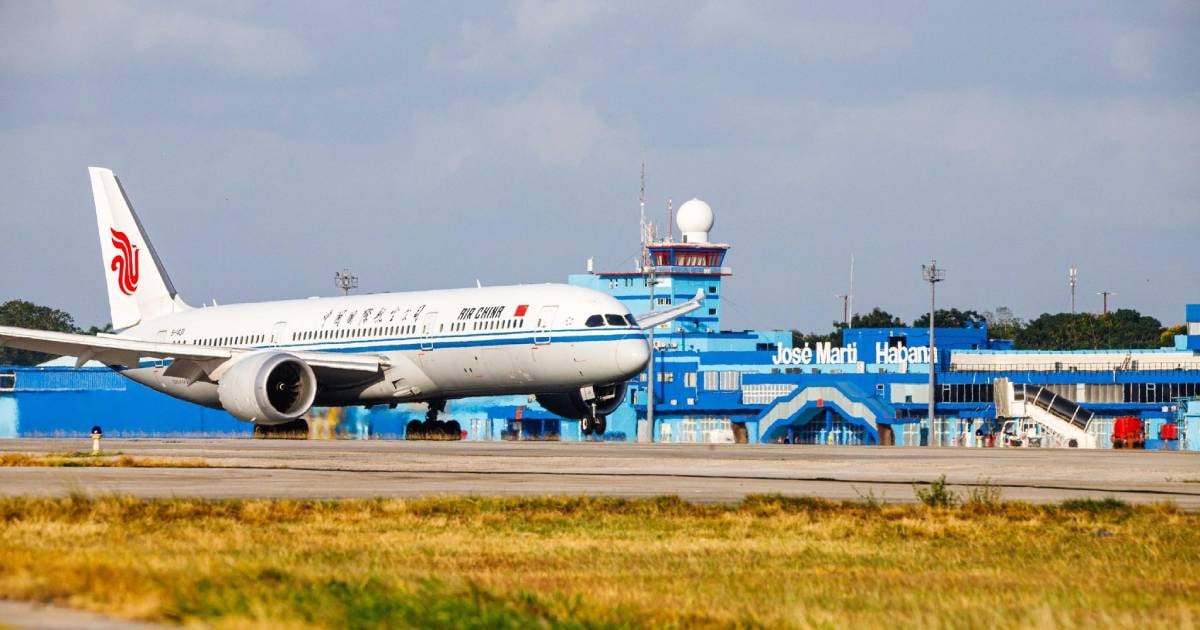The Cuban government has set its sights on transforming Havana's José Martí International Airport into the most competitive air hub in the Caribbean. With ambitious plans, the government seeks to attract both domestic and international investment, positioning Cuba as a critical logistical center in the region.
At the III International Transport and Logistics Fair, Joel Beltrán Archer Santos, the president of the Cuban Aviation Corporation (CACSA), outlined the project. He revealed plans for expanding and renovating the airport's runways, aprons, and terminals, as reported by the website REPORTUR. The initiative includes a significant overhaul of Terminal 3 and the development of a fixed-base operator at Terminal 5. These upgrades aim to boost safety and efficiency, aligning the airport with modern air transport operations.
In February, Cuban authorities unveiled a new lounge in Terminal 3, which can accommodate 300 passengers. Equipped with conveyor belts and automated baggage processing systems, this facility aims to enhance baggage management efficiency and provide a more comfortable experience for travelers.
Despite these modernization efforts, Cuba's tourism sector faces substantial challenges. In 2024, the island welcomed approximately 2.2 million international visitors, a stark contrast to the 4.7 million recorded in 2019. Experts like José Luis Perelló predict that Cuba won't regain its pre-pandemic tourism levels until 2030, dubbing this period a "lost decade" for tourism on the island.
Additionally, several international airlines have suspended their routes to Cuba due to declining demand and concerns about airport infrastructure. For instance, Swiss airline Edelweiss Air announced the cancellation of its Zurich-Havana route starting in March, citing operational difficulties at Havana Airport and decreased passenger demand.
Moreover, German airline Condor declared that it would cease all operations to Cuba by May 2025, eliminating the only direct air link between Germany and the Caribbean island. This decision will affect destinations such as Havana, Varadero, and Holguín, driven by declining passenger demand and growing issues with local infrastructure in Cuba, including power outages and shortages, negatively impacting travelers' experiences and Condor's operations.
While the Cuban government remains optimistic about turning José Martí International Airport into a regional hub, the success of this ambitious project hinges on the country's ability to overcome current challenges and secure the necessary investments to implement the planned reforms.
Challenges and Prospects for Cuba's Aviation Industry
What are Cuba's plans for Havana's José Martí International Airport?
Cuba plans to expand and renovate the airport's runways, aprons, and terminals, aiming to make it the most competitive air hub in the Caribbean.
How is Cuba's tourism sector performing?
Cuba's tourism sector is struggling, with visitor numbers in 2024 significantly lower than pre-pandemic levels. Experts predict recovery won't occur until 2030.
Why are airlines suspending routes to Cuba?
Airlines are suspending routes due to declining demand and concerns over airport infrastructure, impacting their operations and passenger experience.
